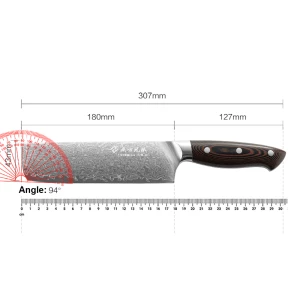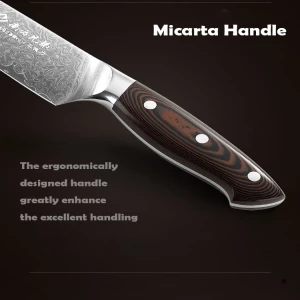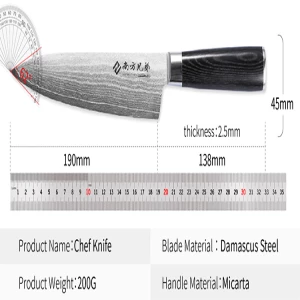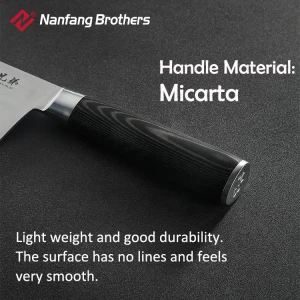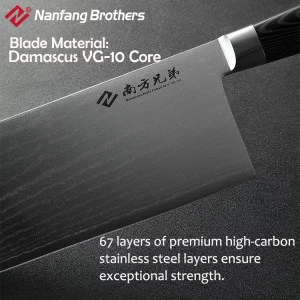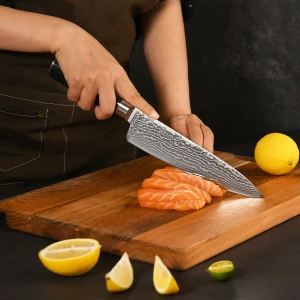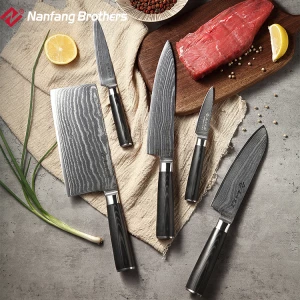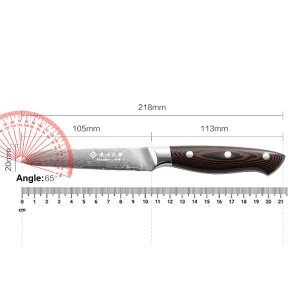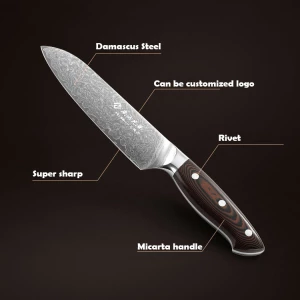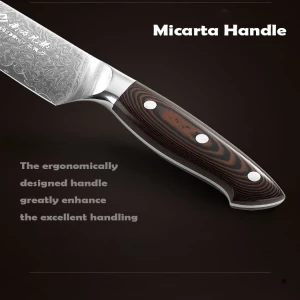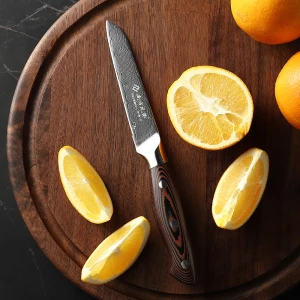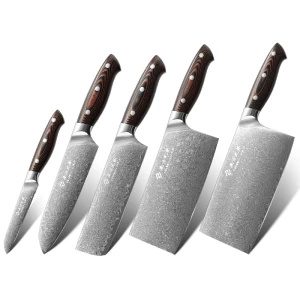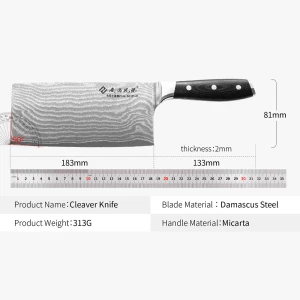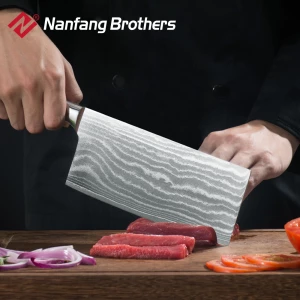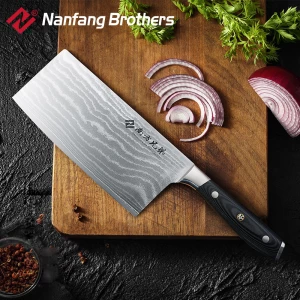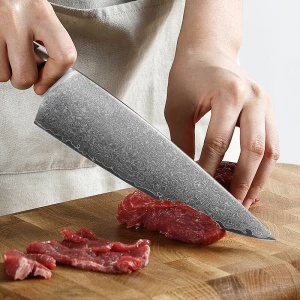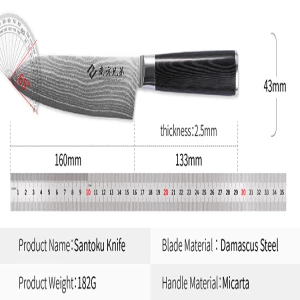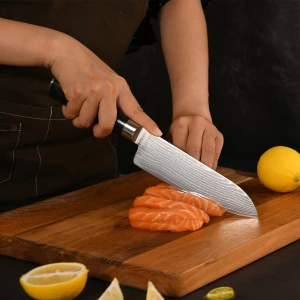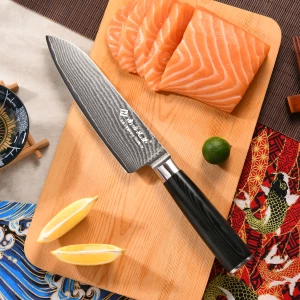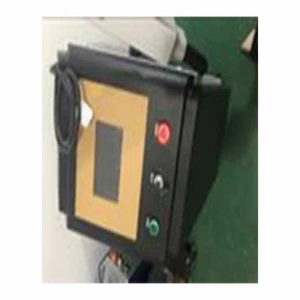Mica: A Comprehensive Guide for Buyers and Suppliers in 2025
Mica is a versatile mineral widely used in industries like electronics, construction, and cosmetics. Its unique properties, such as heat resistance and electrical insulation, make it indispensable. This guide will help you understand the different types of mica, their applications, and how to source high-quality mica from reliable suppliers in China.
How to Find Reliable Mica from China in 2025
Sourcing mica from China can be cost-effective, but it's crucial to find trustworthy suppliers. Look for manufacturers with certifications like ISO 9001 and a proven track record. Platforms like Alibaba and Made-in-China list verified suppliers. Always request samples and check for impurities or inconsistencies in the mica sheets or powder.
What Buyers Should Know Before Buying Mica from China
Before purchasing, consider the grade, thickness, and purity of the mica. Ensure the supplier provides detailed specifications and complies with international standards. Shipping costs and lead times are also critical factors. Negotiate bulk discounts but avoid compromising on quality.
Types of Mica
There are several types of mica, each with unique properties:
- Muscovite: Clear or light-colored, ideal for electrical insulation.
- Phlogopite: Brown or yellow, used in high-temperature applications.
- Biotite: Dark-colored, less common in industrial uses.
Functions and Features of Mica
Mica is known for its excellent thermal stability, electrical insulation, and chemical resistance. It can withstand temperatures up to 1000°C and is often used as a dielectric material in capacitors. Its layered structure allows it to be split into thin, flexible sheets.
Scenarios of Mica
Mica is used in various industries:
- Electronics: Insulating materials in capacitors and transistors.
- Construction: Fireproofing and soundproofing materials.
- Cosmetics: Provides shimmer in makeup products.
How to Choose Mica
When selecting mica, consider the application. For electronics, opt for high-purity muscovite. For cosmetics, choose finely ground mica powder. Always verify the supplier's quality control processes and request material safety data sheets (MSDS) if applicable.
Mica Q & A
Q: Is mica safe for cosmetic use?
A: Yes, when properly processed and free from contaminants, mica is safe for cosmetics.
Q: What is the difference between natural and synthetic mica?
A: Natural mica is mined, while synthetic mica is lab-made. Synthetic mica often has fewer impurities.
Q: How is mica mined?
A: Mica is extracted through open-pit mining, then processed to remove impurities.
Q: Can mica be recycled?
A: Yes, mica can be recycled, but the process depends on its form and application.
Q: What are the environmental concerns with mica mining?
A: Improper mining can lead to deforestation and child labor issues. Always source from ethical suppliers.

















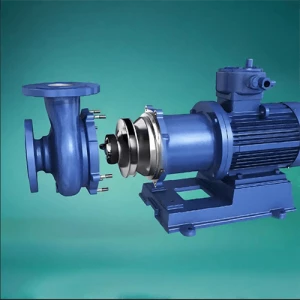


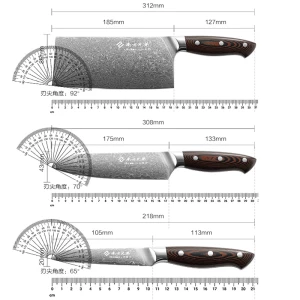
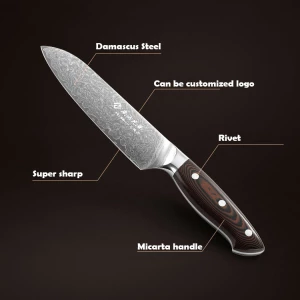
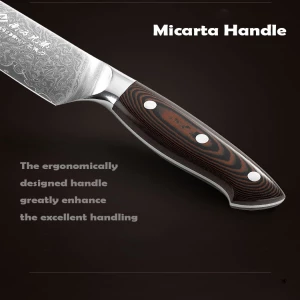
-928.jpg_300x300.webp)

